GOTHENBURG, Sweden: Large cranial reconstructions are being increasingly performed worldwide, but remain a substantial clinical challenge. Researchers from Sahlgrenska Academy at the University of Gothenburg, in cooperation with Karolinska Institutet in Stockholm and Uppsala University, have now developed a novel bioceramic implant. Study results show that it has been proved to stimulate regeneration of natural skull bone so that even large cranial defects can be repaired in a way which was previously not possible.
The reconstruction of major bone and soft-tissue injuries to the skull remains a difficult challenge owing to problems with available materials. The standard clinical practice is to transplant bone or to use plastic or metal implants. However, autologous bone has a limited availability and includes risks for the donor. Current plastic materials are associated with high complication and failure rates. In addition, the osseointegration of plastic and metal implants is inferior to that of bone.
“Growth factors and stem cells are thought to contribute to healing but haven’t yet been demonstrated to have any obvious advantages after administration in large, human skull defects,” said lead author Prof. Peter Thomsen, from the Department of Biomaterials at the University of Gothenburg, in a university press release.
Formation of natural bone
During experiments, the bioceramic implant was shown to transform into bone, with a morphology, ultrastructure and composition similar to that of natural skull bone. Experiments with titanium-only implants also resulted in bone formation, but only adjacent to the host bone.
The researchers used a new 3D-printed bioceramic material, which can be customised and attached to a titanium frame shaped like the missing part of the skull bone, in order to successfully heal large cranial defects by means of new bone formation without the addition of growth factors or stem cells.
“We can see the skull bone growing out, not just on remaining parts of the cranium but also centrally in the defect itself,” said Thomsen. “All the cells that we know are involved in bone formation and remodelling are recruited to, or are in place, in the central part of the defect and in soft tissue where the bioceramic was inserted. What happens is that the main constituent of the bioceramic, monetite, transforms into another material in the body: apatite,” he added.
Application for bone defects in the oral cavity
OssDsign, a portfolio company of Karolinska Development and patent holder of the novel bioceramic material, reported in a press release that the regenerative material can also be applied to restoration of bone defects in the oral cavity. In a clinical study conducted at Uppsala University Hospital, it was used in sinus augmentation to restore bone mass in the maxilla. According to the company, data from a six-month follow-up after implantation with the bioceramic material showed bone formation and a firm anchoring of the dental implants that had been placed during the operation.
Thomsen stressed the need for further research, both to investigate the molecular processes involved and in the form of additional clinical studies. “This principle will compete with existing treatment principles of bone transplantation, and plastic and metal implants,” he concluded.
The study, titled “In situ bone regeneration of large cranial defects using synthetic ceramic implants with a tailored composition and design”, was published on 27 October 2020 in Proceedings of the National Academy of Sciences of the United States of America.
Tags:
LOUISVILLE, Ky., US: Researchers from the US have recently examined the role that oral microbes play in regulating antiviral responses in the oral cavity. ...
LONDON, UK: Since the English government has decided to ease some of the COVID-19 restrictions just as the winter season has arrived, some professional ...
Traditional treatments for periodontal bony defects typically have struggled to effectively address horizontal bone loss, which was previously not amenable ...
Technology is now pervasive in dentistry, and implantology is no exception. Intra-oral and face scanners, CBCT and digital condylographs allow us to acquire...
Bangalore, India: On 22nd September 2018, Implant Study group and Indian Prosthodontic Society Bangalore branch, in association with Bredent organised ...
The much awaited Botiss World Congress in berlin kick started with pre congress lectures from renowned periodontists. The event emphasized on the essential ...
This year, the International Dental Show’s (IDS) centenary year, the 40th edition of IDS, the world’s leading trade fair for dentistry, will focus on ...
Leuven, Belgium: As digital dentistry continues to evolve, artificial intelligence (AI) is stepping into roles once thought to require exclusively human ...
In the early 2000, Implantology was just beginning to capture the imagination of dentists in this country. Neither the science nor the art was completely ...
Live webinar
Wed. 14 January 2026
10:30 pm IST (New Delhi)
Dr. Théo Laplane, Dr. Robert Gottlander DDS
Live webinar
Fri. 16 January 2026
10:30 pm IST (New Delhi)
Live webinar
Mon. 19 January 2026
11:30 pm IST (New Delhi)
Philipp Kopp, Michael Seeber
Live webinar
Thu. 22 January 2026
7:30 pm IST (New Delhi)
Prof. Judith Jones D.D.S; M.P.H., Prof. Kakuhiro Fukai D.D.S., Ph.D, Dr. Bathsheba (Bethy) Turton
Live webinar
Fri. 23 January 2026
12:30 am IST (New Delhi)
Dr. Nicola M. Grande DDS, PhD
Live webinar
Wed. 28 January 2026
6:30 pm IST (New Delhi)
Live webinar
Wed. 28 January 2026
9:30 pm IST (New Delhi)
Prof. Dr. Jan-Frederik Güth



 Austria / Österreich
Austria / Österreich
 Bosnia and Herzegovina / Босна и Херцеговина
Bosnia and Herzegovina / Босна и Херцеговина
 Bulgaria / България
Bulgaria / България
 Croatia / Hrvatska
Croatia / Hrvatska
 Czech Republic & Slovakia / Česká republika & Slovensko
Czech Republic & Slovakia / Česká republika & Slovensko
 France / France
France / France
 Germany / Deutschland
Germany / Deutschland
 Greece / ΕΛΛΑΔΑ
Greece / ΕΛΛΑΔΑ
 Hungary / Hungary
Hungary / Hungary
 Italy / Italia
Italy / Italia
 Netherlands / Nederland
Netherlands / Nederland
 Nordic / Nordic
Nordic / Nordic
 Poland / Polska
Poland / Polska
 Portugal / Portugal
Portugal / Portugal
 Romania & Moldova / România & Moldova
Romania & Moldova / România & Moldova
 Slovenia / Slovenija
Slovenia / Slovenija
 Serbia & Montenegro / Србија и Црна Гора
Serbia & Montenegro / Србија и Црна Гора
 Spain / España
Spain / España
 Switzerland / Schweiz
Switzerland / Schweiz
 Turkey / Türkiye
Turkey / Türkiye
 UK & Ireland / UK & Ireland
UK & Ireland / UK & Ireland
 International / International
International / International
 Brazil / Brasil
Brazil / Brasil
 Canada / Canada
Canada / Canada
 Latin America / Latinoamérica
Latin America / Latinoamérica
 USA / USA
USA / USA
 China / 中国
China / 中国
 Pakistan / Pākistān
Pakistan / Pākistān
 Vietnam / Việt Nam
Vietnam / Việt Nam
 ASEAN / ASEAN
ASEAN / ASEAN
 Israel / מְדִינַת יִשְׂרָאֵל
Israel / מְדִינַת יִשְׂרָאֵל
 Algeria, Morocco & Tunisia / الجزائر والمغرب وتونس
Algeria, Morocco & Tunisia / الجزائر والمغرب وتونس
 Middle East / Middle East
Middle East / Middle East
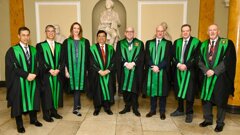
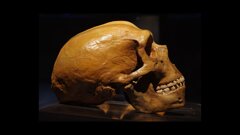

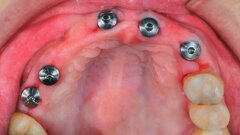
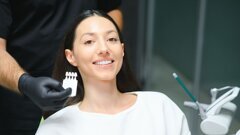
























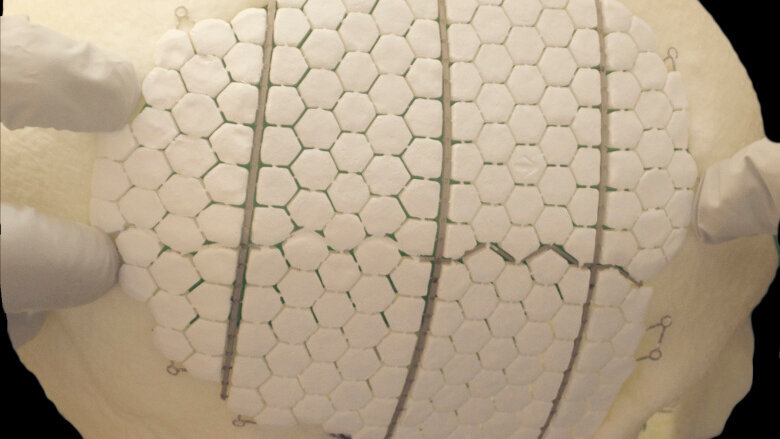



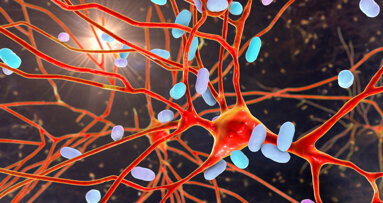
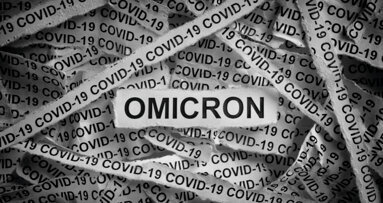
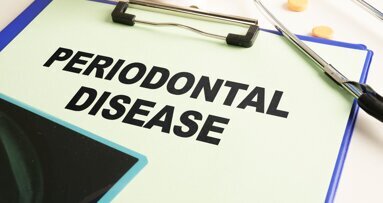

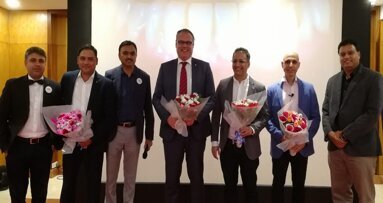
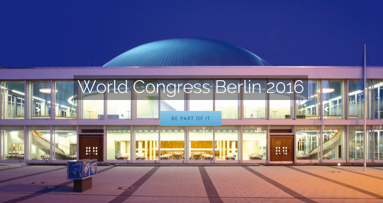
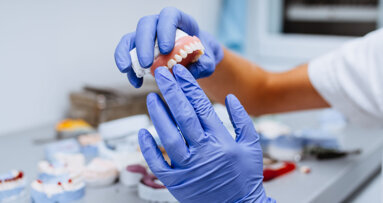
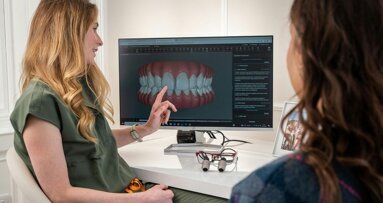
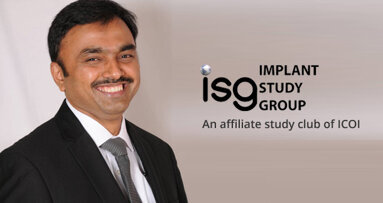

















To post a reply please login or register